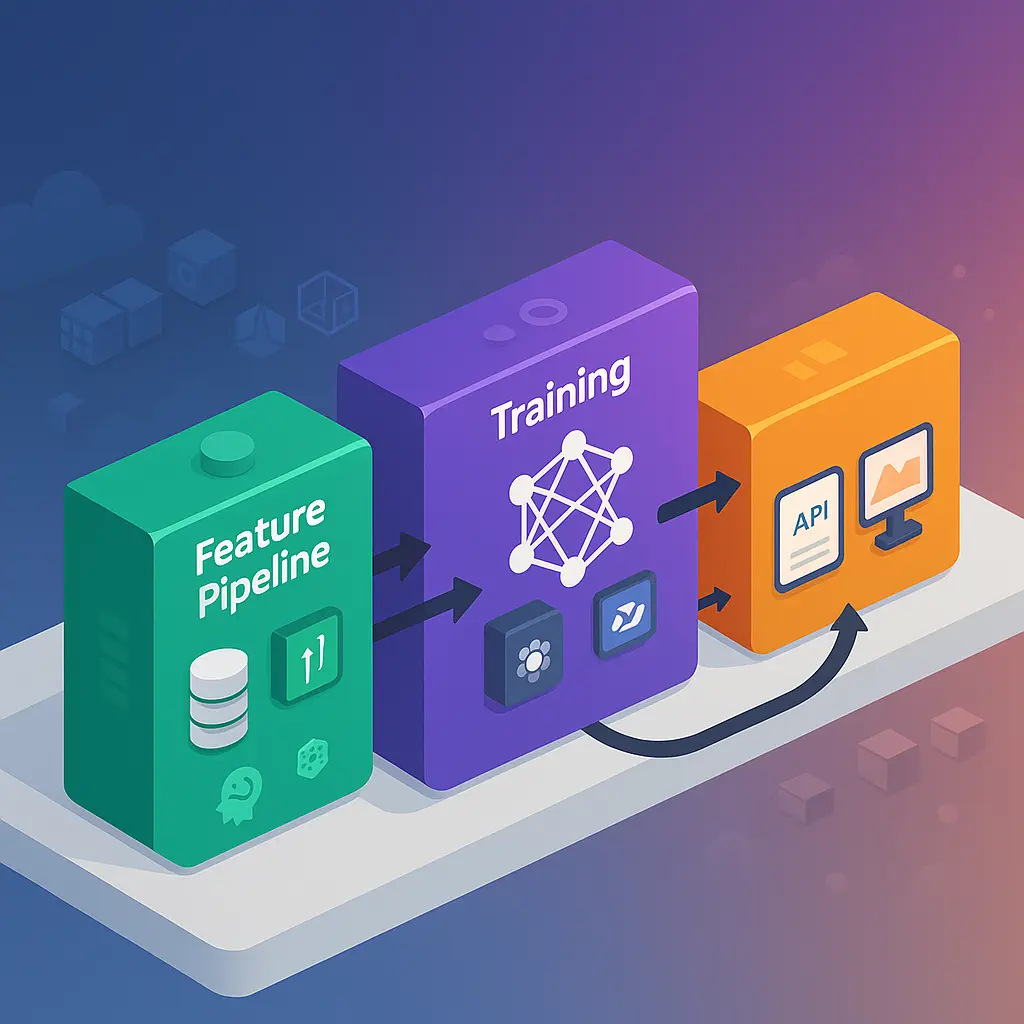
What is AI Native and why should I care?
Learn to navigate the Cloud Native to AI Native transition. Avoid common mistake…

KubeCon is a premier event for Kubernetes enthusiasts, cloud-native professionals, and technology leaders looking to sharpen their strategies. While the conference itself offers a wealth of insights, from breakout sessions to hands-on labs, truly maximizing the experience requires planning well in advance. Whether you’re coming with a meticulously documented use case or just a few rough “napkin concepts,” here are our top tips for ensuring your team has a fruitful, action-oriented time at KubeCon.
KubeCon boasts an array of sessions on everything from security to AI/ML integrations. Without a clear set of priorities, your team can get lost in the sheer volume of offerings.
Pro Tip: Sketch a quick diagram or bullet list capturing how each objective fits into your overall architecture. Keeping it simple, like a “napkin concept” makes it easier to spot knowledge gaps.
Complex technology problems often benefit from the clarity of simple visualizations. Throughout history, many great ideas, such as the founding concept for Southwest Airlines, began with a rough sketch on a bar napkin.
Historical Inspiration: Cisco’s “Two-Napkin Protocol” was born when engineers sketched the foundation of Border Gateway Protocol (BGP) on two napkins at an IETF conference, an idea that became critical to the Internet’s infrastructure!

https://weare.cisco.com/c/r/weare/amazing-stories/amazing-things/two-napkin.html
Although KubeCon offers abundant networking opportunities on-site, pre-conference engagement can greatly enhance the depth of your conversations at the event.
Benefit: When you finally meet in person, you can jump right into “solutioneering” rather than spending precious time explaining basic context.
The KubeCon schedule has been released. Check the schedule for talks, workshops, and panels that align with your objectives and address key gaps in your "napkin problem".
KubeCon is an ideal place for one-on-one consultations. Many consulting firms and technology providers (including re:cinq) set aside time for direct problem-solving conversations.
Outcome: You leave with next steps or even a high-level plan, evolving your initial napkin concept into a more defined architecture or migration path.
While you’ll probably collect a mountain of brochures, business cards, and contact info, the real value lies in clarifying how each piece of information advances your objectives.
Benefit: A streamlined approach means your team won’t get bogged down in pages of transcribed talks. You can quickly refer back to the most relevant insights.
A major advantage of KubeCon is meeting potential collaborators, mentors, or even future hires. Approach these engagements with the same clarity that defines your napkin sketches.
Historical Example: Think of Jim McKelvey showing Jack Dorsey a tiny sketch for Square. Direct, pointed networking around a clear concept can spark million-dollar ideas.

https://worth.com/dorseys-first-square-scribbles/
The energy of KubeCon can fade quickly once you’re back to daily operations. Keep momentum going by laying the groundwork for continued engagement.
KubeCon isn’t just an industry gathering; it’s a launchpad for accelerating your organization’s tech initiatives. Taking a leaf from the innovators who’ve leveraged sketches for massive breakthroughs, your team can use “napkin concepts” to clarify, focus, and iterate. By engaging early, planning effectively, and capturing learnings throughout the event, you’ll turn the scribbles of your cloud, AI, or platform idea into a tangible plan for success.
Ready to get started before you even step foot at KubeCon?
When you arrive at KubeCon, you’ll be armed with a cohesive vision, ensuring each session, conversation, and consultation pushes your organization one step closer to a truly transformative cloud-native future.

Learn to navigate the Cloud Native to AI Native transition. Avoid common mistake…

Discover how AI Engineering and platform principles solve GPU utilization challe…
Learn how to build a comprehensive AI platform architecture. From development to…
Get a shared vocabulary of proven Transformation Patterns, common Anti-Patterns, and Paradigm Patterns to have more effective, data-driven conversations about your strategy and architecture.
For a personalized starting point, take our free online assessment. Your results will give you a detailed report on your current maturity and suggest the most relevant patterns to focus on first.
Every Tuesday, we deliver one short, powerful read on AI Native to help you lead better, adapt faster, and build smarter—based on decades of experience helping teams transform for real.